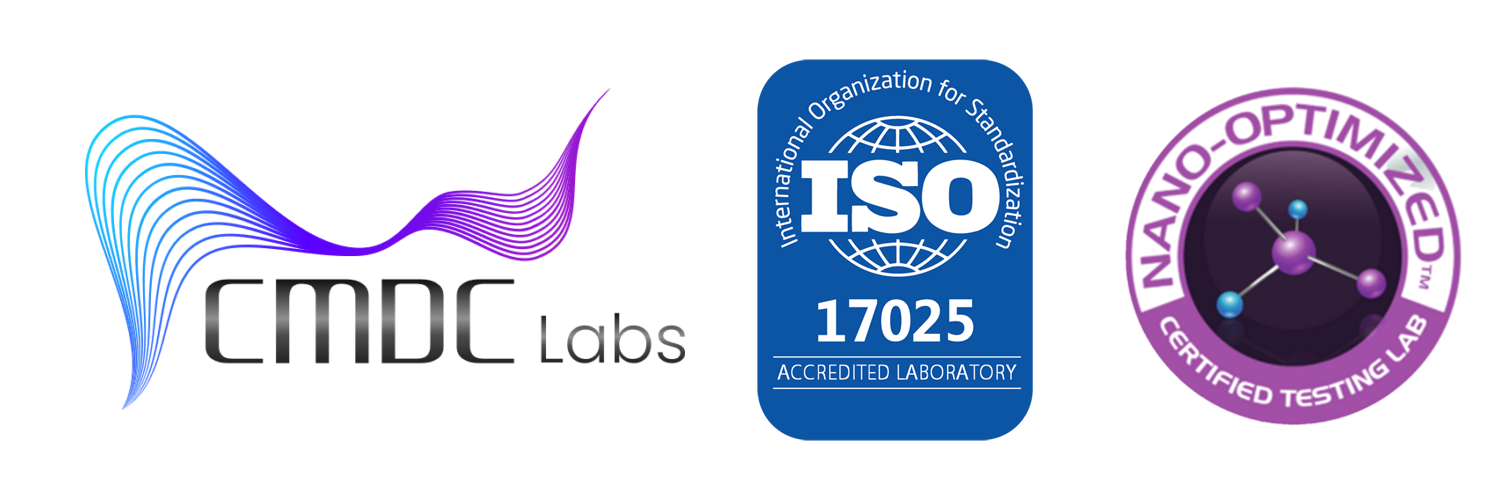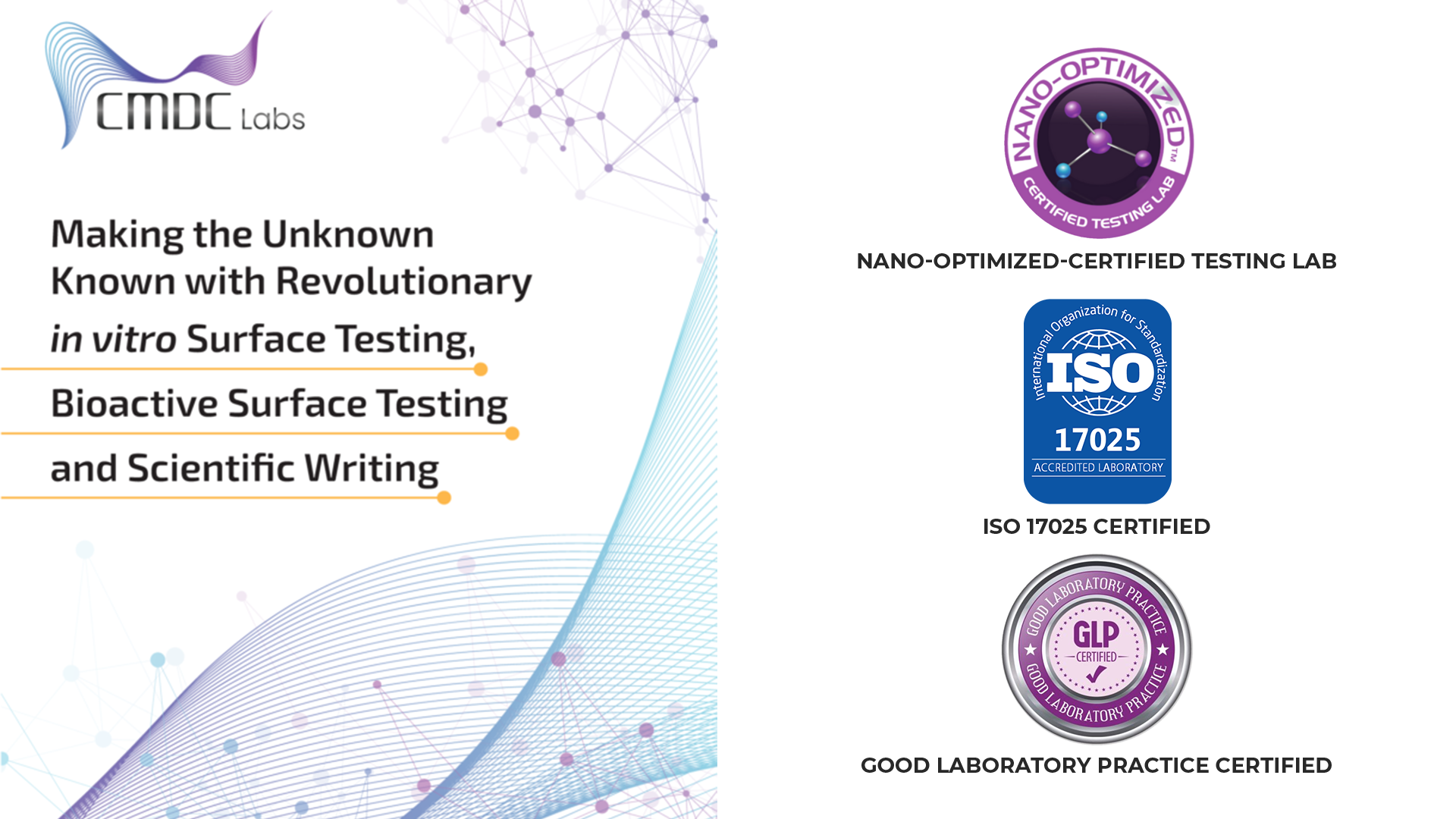In the pharmaceutical and medical implant industries, sterility is a critical factor in ensuring patient safety and product efficacy. The presence of microbial contamination in pharmaceuticals or medical implants can lead to serious infections, adverse reactions, and, in some cases, death. Therefore, sterility testing plays a central role in verifying that these products are free from harmful microorganisms.
Sterility testing, however, is not a straightforward task. It requires highly accurate methods to ensure that products intended for implantation or consumption do not introduce pathogens into the body. This becomes particularly challenging when testing complex materials such as medical implants, which may have intricate surfaces and intricate interactions with human tissue. Additionally, for pharmaceuticals, sterility testing must be able to detect even the smallest number of contaminants, as the effects of microorganisms can be devastating.
Validating sterility testing methods is essential to meet regulatory requirements, ensure public safety, and maintain trust in healthcare systems. In this article, we will explore the key principles of sterility testing, the common challenges faced during the validation process, and the methods used to validate sterility testing for pharmaceuticals and medical implants.
1. The Importance of Sterility in Pharmaceuticals and Medical Implants
A. Pharmaceuticals
Sterility is a crucial requirement for many types of pharmaceutical products, particularly injectables, biologics, vaccines, and intravenous fluids. Any microbial contamination in these products can lead to serious complications, including:
- Infections: Pathogens like bacteria, fungi, and viruses can be introduced into the body during injection, causing infections that may be difficult to treat.
- Toxic Reactions: Contaminants can trigger an immune response, resulting in inflammation, allergic reactions, or toxic responses.
- Reduced Efficacy: Microbial contamination may compromise the therapeutic effects of the drug, rendering it ineffective.
Sterility is, therefore, not just a regulatory requirement but an essential aspect of ensuring patient safety and the effectiveness of pharmaceutical treatments.
B. Medical Implants
Medical implants, such as orthopedic devices, dental implants, pacemakers, and prosthetic devices, are often used in sterile environments during surgery. Contamination during the manufacturing process, packaging, or implantation procedure can lead to:
- Infections: Pathogens introduced through a non-sterile implant can cause local or systemic infections, leading to complications like implant rejection or need for removal.
- Implant Failure: Contaminated implants may result in failure, causing physical harm and requiring corrective surgeries.
- Biofilm Formation: Some bacteria form biofilms on medical implants, making them harder to treat and more prone to persistent infections.
Sterility is critical in medical implants to reduce infection rates, ensure proper integration with the body, and enhance the overall success rate of surgeries.
2. Regulatory Requirements for Sterility Testing
Sterility testing is governed by stringent regulatory standards established by agencies such as the U.S. Food and Drug Administration (FDA), European Medicines Agency (EMA), and World Health Organization (WHO). These agencies provide guidelines on how sterility testing should be conducted to ensure product safety and compliance.
A. U.S. FDA Regulations
In the United States, the FDA requires sterility testing for a variety of pharmaceutical products, especially sterile drugs and implantable devices. The FDA guidelines for sterility testing are detailed in the Code of Federal Regulations (CFR), specifically in 21 CFR 211.167 for drug products and 21 CFR 820.75 for medical devices.
The FDA mandates that manufacturers must ensure the sterility of their products through validated testing methods. This includes:
- Proper sampling of the product to detect microbial contamination.
- Validated methods to ensure that the testing procedure can detect the smallest levels of contamination.
- Environmental controls to maintain sterility during production, packaging, and testing.
B. European and Global Guidelines
The European Pharmacopoeia and WHO also have similar regulations, outlining the required methods for sterility testing. For example, the European Pharmacopoeia Chapter 2.6.1 specifies testing requirements for various sterile pharmaceutical products, including tests for sterility assurance.
Sterility testing must be conducted in cleanroom environments to avoid external contamination, and methods must be validated regularly to meet the regulatory standards.
3. Common Methods for Sterility Testing
Several methods are used to validate the sterility of pharmaceuticals and medical implants. The most commonly used techniques include:
A. Membrane Filtration Method
The membrane filtration method is one of the most widely used techniques for sterility testing in pharmaceuticals. In this method, the sample is filtered through a membrane filter that captures any microorganisms present. The filter is then placed on a growth medium and incubated to see if any microorganisms grow.
- Advantages: This method is quick, and the results can often be obtained within a few days. It is highly effective for detecting bacteria and fungi.
- Limitations: It may not be suitable for samples with low microbial content or for detecting viruses or other microscopic organisms.
B. Direct Inoculation Method
In the direct inoculation method, a sample is directly introduced into a culture medium. The sample is incubated, and the growth of microorganisms is monitored.
- Advantages: This method is suitable for a wide range of samples, including those with low levels of contamination.
- Limitations: The method may take longer to produce results compared to the membrane filtration method.
C. Bacterial Endotoxin Testing (BET)
Bacterial endotoxins are lipopolysaccharides found in the cell wall of gram-negative bacteria, and they can be harmful to humans. LAL (Limulus Amebocyte Lysate) testing is a common method used to detect endotoxins in injectable drugs and medical implants. The LAL assay uses blood from the horseshoe crab (Limulus) to detect endotoxins by triggering a clotting reaction.
- Advantages: It is sensitive and can detect minute quantities of endotoxins.
- Limitations: While effective for endotoxin detection, it is not a comprehensive sterility test and does not identify living microorganisms.
4. Validation of Sterility Testing Methods
The validation of sterility testing methods is crucial for ensuring the reliability, reproducibility, and accuracy of results. Regulatory agencies require that manufacturers establish, validate, and document their sterility testing procedures.
A. Key Steps in Sterility Testing Method Validation
- Protocol Development: A detailed protocol outlining the testing procedure, including sampling techniques, media preparation, incubation times, and detection methods, should be developed.
- Test Method Selection: The method used should be chosen based on the type of product being tested. For example, a highly viscous injectable may require the membrane filtration method, while a product with low microbial content may require the direct inoculation method.
- Establishing Acceptance Criteria: The manufacturer must define acceptable limits for microbial contamination. For example, an acceptable sterility test result might be the absence of growth after 14 days of incubation.
- Control and Validation Testing: Control testing should be conducted alongside product samples to ensure that the testing method is working correctly. This includes using known microbial strains to test the effectiveness of the procedure.
- Reproducibility Testing: Validation requires testing the method under various conditions to ensure consistent results across different labs or production batches.
- Environmental Monitoring: The sterility testing environment must be carefully controlled and regularly monitored to prevent contamination during testing. This includes using laminar flow hoods, cleanrooms, and sterilized equipment.
- Documentation and Review: All validation activities must be thoroughly documented and reviewed by regulatory bodies. This documentation ensures that the manufacturer has complied with all applicable standards.
B. Challenges in Validation
The validation of sterility testing methods is not without challenges. One major issue is the complexity of the product, especially with medical implants, which may have irregular surfaces, coatings, or porous materials. Such features make it difficult to ensure that sterility testing methods reach all areas of the implant and detect potential contamination.
Furthermore, low-level contamination can be challenging to detect, as certain microorganisms may be present at levels too low to be detected by conventional methods, yet still capable of causing infection if introduced into the body.
5. Best Practices for Sterility Testing and Validation
- Routine Audits and Reviews: Regular audits and reviews of sterility testing protocols and results are crucial to ensuring ongoing compliance and reliability.
- Use of Advanced Detection Technologies: The integration of real-time PCR, biosensors, and microbial culture automation technologies can improve the accuracy and speed of sterility testing, allowing for faster detection of contamination and reducing human error.
- Ensuring Proper Sample Handling: Proper handling and storage of samples before testing are crucial to prevent external contamination and ensure accurate results. This includes maintaining strict temperature controls and using sterile containers.
- Training and Education: It is essential that personnel conducting sterility testing be well-trained in aseptic techniques, contamination control, and testing protocols. Regular training ensures that the testing process remains reliable and compliant with standards.
6. Conclusion
Sterility testing is an essential part of ensuring the safety and effectiveness of pharmaceuticals and medical implants. By validating sterility testing methods and adhering to strict regulatory guidelines, manufacturers can ensure that their products are free from harmful microbial contamination. With the right protocols in place, coupled with advances in testing technologies, sterility testing can be both effective and reliable, ensuring that products meet the highest standards of quality and safety.
The validation process itself is complex but necessary to meet regulatory requirements and ensure public health. Manufacturers must invest in validated, reproducible testing methods, and ensure that environmental conditions are strictly controlled. By doing so, they can safeguard patient safety, improve clinical outcomes, and maintain trust in their products.

